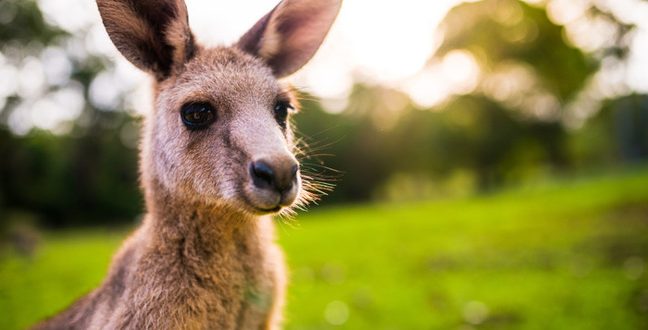Hopping critters gave our sensors fits, says Volvo
Swedish car builder Volvo told the ABC that the large animal detection software it uses for its auto-pilot system is unable to accurately gauge the distance between car and roo, particularly when the animal is in mid-hop.
“We’ve noticed with the kangaroo being in mid-flight … when it’s in the air it actually looks like it’s further away, then it lands and it looks closer,” Volvo technical manager David Pickett tells the broadcaster.
The company said that while it doesn’t reckon the problem is currently delaying the development of self-driving cars, it will be an issue that Volvo and others will need to sort out before going to market in Australia.
This isn’t the first time Volvo has vented frustration over its inability to deal with kangaroos. Back in 2015 the automaker said it was trying to teach its vehicles to detect and avoid roos, but apparently the process is far harder than it seems.
Volvo said that after 18 months studying the kangaroo detection problem at the Tidbinbilla Nature Reserve in Canberra it still hasn’t been able to develop a reliable way to detect the bouncy critters on the road.
To be fair, human drivers don’t fare too well at avoiding kangaroos either. Volvo claims that up to 20,000 strikes a year occur between kangaroos and cars in the outback. ®






